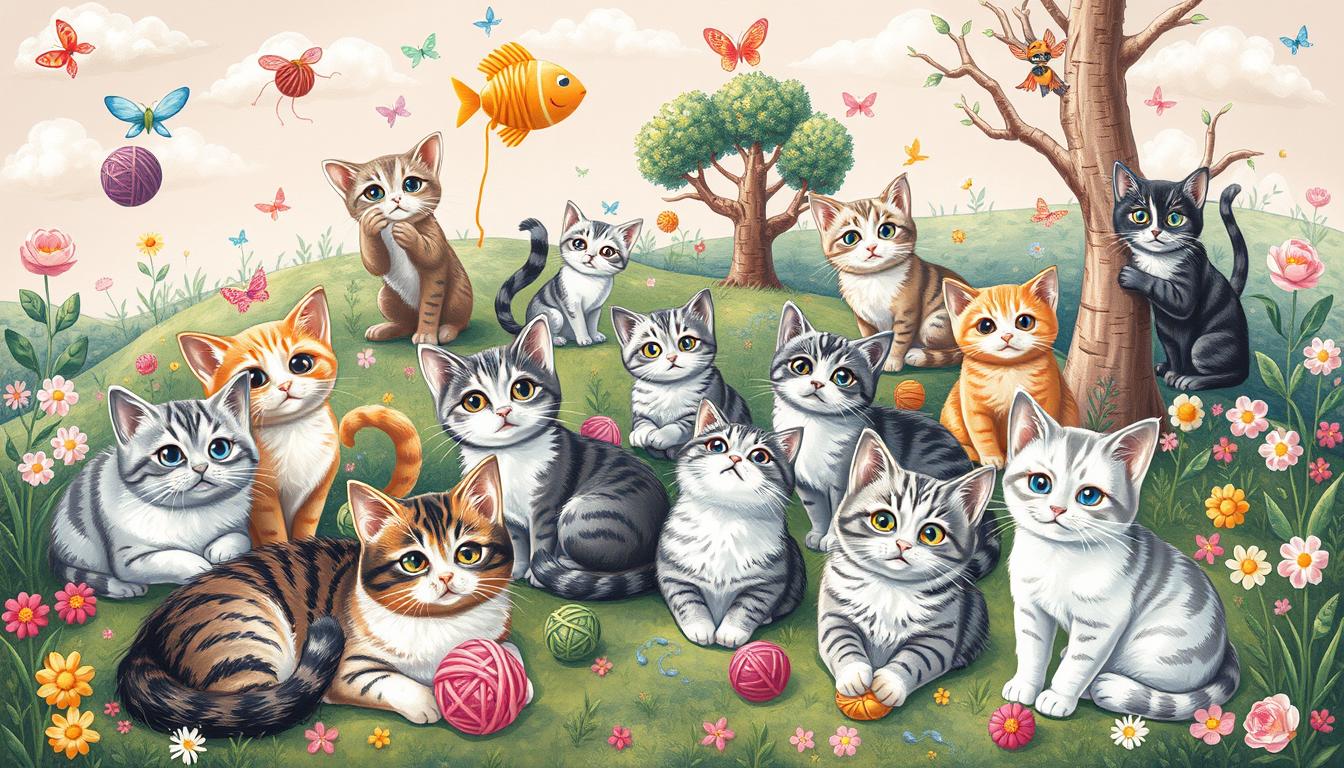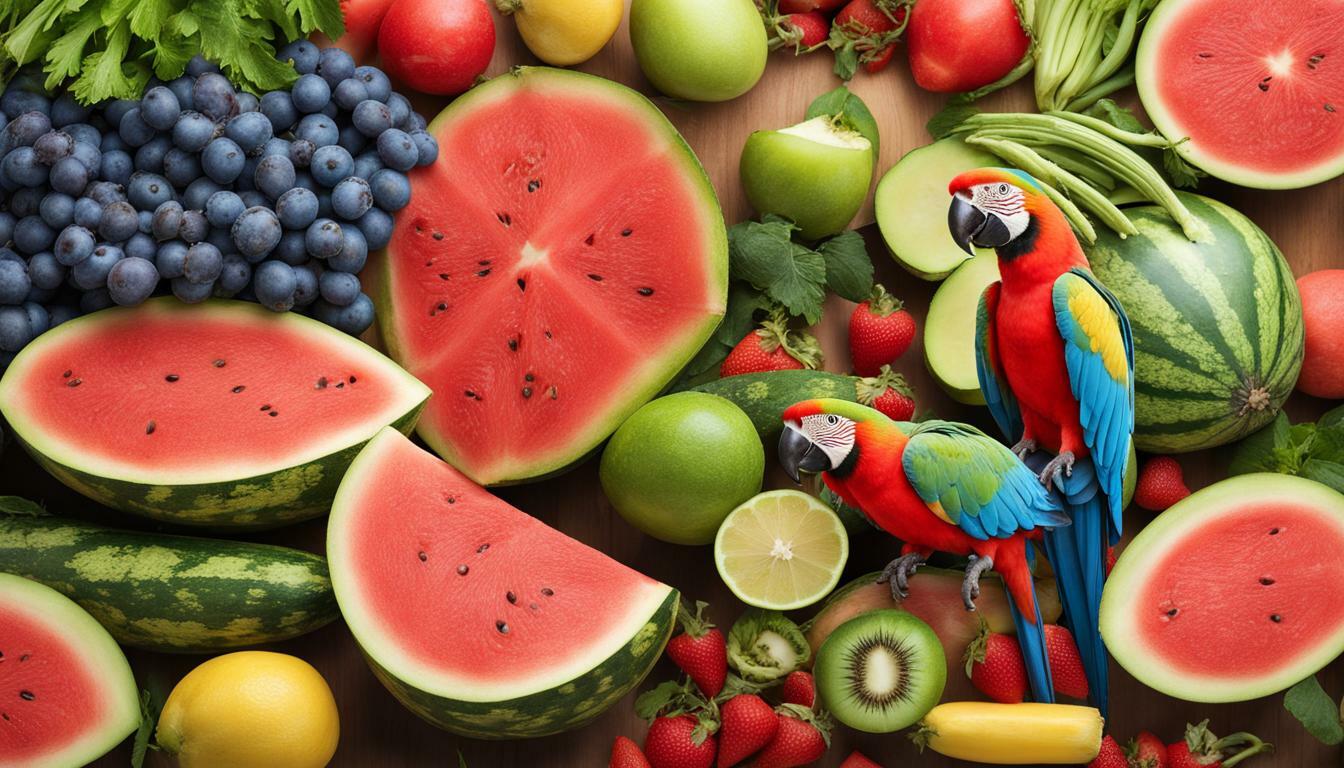What Do Baby Pigeons Eat? A Comprehensive Guide

Table of content:
- What Do Newly Hatched Baby Pigeons Eat?
- When Can Baby Pigeons Start Eating On Their Own?
- How Often Should You Feed Baby Pigeons?
- What Is the Best Food for Baby Pigeons?
- When Can Baby Pigeons Eat Solid Food?
- Do Baby Pigeons Drink Water?
- How Do You Get Baby Pigeons to Eat?
- What Do You Feed Orphaned Baby Pigeons?
- How Long Do You Need to Hand Feed Baby Pigeons?
- Caring for Baby Pigeons
- Can You Release Hand Fed Pigeons?
- Final Thoughts
Pigeons are incredibly common birds, yet most people know very little about caring for baby pigeons. If you’ve found an orphaned or injured squab, you may be wondering what do baby pigeons eat in order to survive?
Proper nutrition and feeding techniques are critical for raising healthy, thriving baby pigeons. In this guide, we’ll cover everything you need to know about how to feed baby pigeons from hatching to fledging.
What Do Newly Hatched Baby Pigeons Eat?
Pigeons are altricial birds, meaning they hatch blind, naked, and helpless. They rely completely on their parents for warmth, protection, and food.
For the first few days of life, newly hatched squabs are fed crop milk produced by both the mother and father pigeon. Crop milk is a nutritious secretion made in the crop organ at the base of the adult’s throat. It contains proteins, fats, carbohydrates, vitamins, minerals, and antibodies to help baby pigeons grow and fight disease.
Parent pigeons regurgitate crop milk directly into the mouths of their nestlings multiple times per day. The crop milk passes through the baby’s esophagus into the crop, a pouch where food is stored before moving to the stomach.
If you need to hand feed baby pigeons that have been separated from their parents, you’ll need to replicate this process. Make sure orphaned hatchlings remain warm in a brooder or nest before attempting to feed them.
When Can Baby Pigeons Start Eating On Their Own?
Pigeon squabs will depend entirely on parental care and crop milk for the first 5-7 days of life. Around days 8-10, they’ll begin pecking at seeds and practicing swallowing on their own.
By 2-3 weeks old, young pigeons are ready to transition to consuming solid food. At this stage, parent birds will start regurgitating a porridge-like substance along with seeds into the nestling’s mouth. The more solid mix of seeds, grain, greens, and insects teaches the squab to accept new textures and foods.
How Often Should You Feed Baby Pigeons?
In the first days of life, newly hatched squabs need to eat every 2-4 hours, approximately 8-10 times per day. Very young pigeons have small crops that empty quickly. Frequent feedings ensure they are getting adequate nutrition to thrive.
As the squab grows, the number of daily feedings can gradually decrease. By 2 weeks old, pigeon babies can manage with 6-8 feedings per day. At 3-4 weeks old when supplementation with solids begins, 4-5 daily feedings are sufficient.
Close attention and observation of each individual nestling is necessary to determine ideal feeding frequency based on appetite and crop emptying rate. Their crops should never be overflowing, nor completely empty.
What Is the Best Food for Baby Pigeons?
There are several options for hand feeding baby pigeons, depending on the individual bird’s age and specific needs:
- Formula: Commercially available powdered baby bird formulas like Kaytee Exact are ideal for very young orphaned squabs. Exact contains proteins, carbohydrates, fats, and essential vitamins & minerals to support development. The powder is mixed with water and fed through a syringe or dropper.
- Baby Cereal: Oatmeal or mixed grain baby cereals provide an intermediate option as squabs transition to solid foods around 2 weeks old. The soft texture and mix of oats, wheat, corn, and rice gets them used to digesting solid nutrition.
- Pigeon Feed Mix: At 3-4 weeks old, a commercial pigeon feed can be fed to squabs. Look for mixes high in corn, peas, various grains, legumes, seeds, and supplemental vitamins. Aim for 16-20% protein content.
- Produce: Natural produce like corn, peas, greens, sprouted seeds, boiled eggs, and fruit will add variety and additional nutrients once squabs accept solids alongside formulated feeds.
- Insects: Mealworms, fly larvae, crickets, and other insects offer an excellent source of protein for growing baby pigeons.
No single diet will meet the needs of a squab throughout the weaning process. Work in cooperation with an avian vet to adjust nutrition as the nestling grows and gains independence.
When Can Baby Pigeons Eat Solid Food?
As covered previously, baby pigeons are ready to begin experimenting with solid foods at 2-3 weeks old. Their digestive systems have developed sufficiently to process seeds and other materials.
Initially, solid feeds should be soft, small, and easily swallowed. A porridge-like mix is ideal. Exact progress to harder, larger seeds and other items should be gradual over the following week. Providing grit will aid in digestion.
Pay close attention to ensure the squab is properly consuming and digesting new solid foods. Adjust texture and introduce new items slowly to prevent crop impactions.
Do Baby Pigeons Drink Water?
Like all birds, baby pigeons require access to clean drinking water. Dehydration can quickly become life-threatening.
However, squabs younger than 2 weeks old are unable to swallow water effectively. Their small throats coupled with the close proximity of the throat and trachea make drinking dangerous. They fulfill water needs entirely from liquid crop milk at this stage.
As the neck lengthens and crop capacity increases, baby pigeons become capable of consuming water around 14 days post-hatch. Provide a shallow dish of water in the nesting area once squabs reach this milestone. Monitor intake and refill regularly. Proper hydration supports growth and health.
How Do You Get Baby Pigeons to Eat?
The key to successful hand-feeding is having the proper supplies, patience, and technique:
- Use a syringe, dropper, or crop needle. Select a size that allows passage down the throat without aspirating liquid into the trachea.
- Position the baby upright with neck extended and gently open the beak to drop in food. Stroke the throat to trigger swallowing.
- Feed slowly and judiciously, withdrawing periodically to allow rest between bites. Do not overload the crop.
- Initially place droplets on the gape flanges (corners of the mouth). Aim for the back of the throat as experience grows.
- Gently tap the crop prior to feeding to check for remaining food. Wait for the previous meal to digest before offering more.
- If resistance is met, take a break and try again in 30-60 minutes. Don’t force food into an unwilling squab.
With time and consistency, orphaned chicks will become accustomed to hand-feeding. Bonding and imprinting on their caretaker will occur through this delicate, dedicated process.
What Do You Feed Orphaned Baby Pigeons?
Orphaned baby pigeons require the same balance of proteins, carbohydrates, fats, vitamins, and minerals to survive as those raised by parent birds. However, determining the appropriate diet can prove more challenging.
Very young squabs must consume formula, gruel, or mashed solids. As they develop, gradually transition to mixed seeds, produce, grains, legumes, and calcium/vitamin supplements. Supplement insects for added protein.
Work closely with an avian vet to craft a nutritionally adequate diet for the specific age and condition of each orphan. Meet their needs at every stage from hatching through weaning and self-feeding.
How Long Do You Need to Hand Feed Baby Pigeons?
On average, hand feeding is necessary for 2-5 weeks post-hatching:
- 0-7 days: Feed crop milk replacement formula every 2-4 hours.
- 1-2 weeks: Supplement formula with baby cereal 4-8 times daily.
- 3 weeks: Begin adding soaked mixed seeds, produce, and insects to gruel/cereal.
- 4 weeks: Allow self-feeding of dry seeds, produce, and insects 4-5 times daily. Monitor intake.
- 5+ weeks: Phase out hand feeding as the young bird begins consuming adequate nutrition independently.
However, the weaning process is unique for every squab. Hand feedings should only be discontinued once the baby is self-feeding consistently and gaining weight. Some take longer to wean than others based on health status and personal temperament.
Caring for Baby Pigeons
Beyond understanding what to feed baby pigeons, proper care is also vital for their survival. Ensure orphaned or injured squabs remain:
- Warm – Use a heated brooder, incubator, or heating pad around 95°F.
- Secure – House pigeons in a box, cage, or artificial nest. Handle carefully to prevent injury.
- Clean – Keep the baby’s face and vent clean; monitor droppings.
- Stimulated – Provide nesting material, toys, mirrors, and gentle handling.
- Comfortable – Let the crop empty between feedings. Check for illness or injuries.
- Hydrated – Supply fresh water for drinking after 2 weeks.
Monitor weight daily. A healthy squab should gain 5-10% of body weight each day. Consult a vet for any concerns about development, illness, or malnutrition. With dedication and proper technique, hand raised baby pigeons can grow into thriving juveniles.
Can You Release Hand Fed Pigeons?
The goal of rehabilitating orphaned or injured wild baby pigeons is eventual release back into the environment. However, hand fed squabs require special consideration before setting free.
Key steps include:
- Allow self-feeding and foraging skills to fully develop in a flight pen.
- Band the pigeon for identification and tracking purposes.
- Introduce to other pigeons for socialization.
- Condition muscles through flight exercise.
- Find a safe release location with adequate food, water, and habitat.
- Use a soft release cage or pigeon loft to help the bird acclimate.
- Continue providing supplemental food post-release until the pigeon is fully independent.
- Monitor from a distance to ensure survival.
With proper rehabilitation care and training, even hand raised baby pigeons can successfully return to the wild.
Final Thoughts
Caring for helpless hatchling pigeons is deeply rewarding but also carries major responsibility. Pay close attention to each bird’s growth, appetite, activity levels and droppings to optimize health.
Be vigilant about proper nutrition, temperatures, hygiene, hydration, and socialization throughout the weaning process. With dedication and passion, you can give an orphaned or injured squab a second chance to take flight and thrive.
Welcome. I’m Adreena Shanum, the proud owner of this website, and I am incredibly passionate about animals, especially poultry. I founded adreenapets.com as a labor of love, stemming from my desire to share my knowledge and experiences with poultry enthusiasts worldwide.




